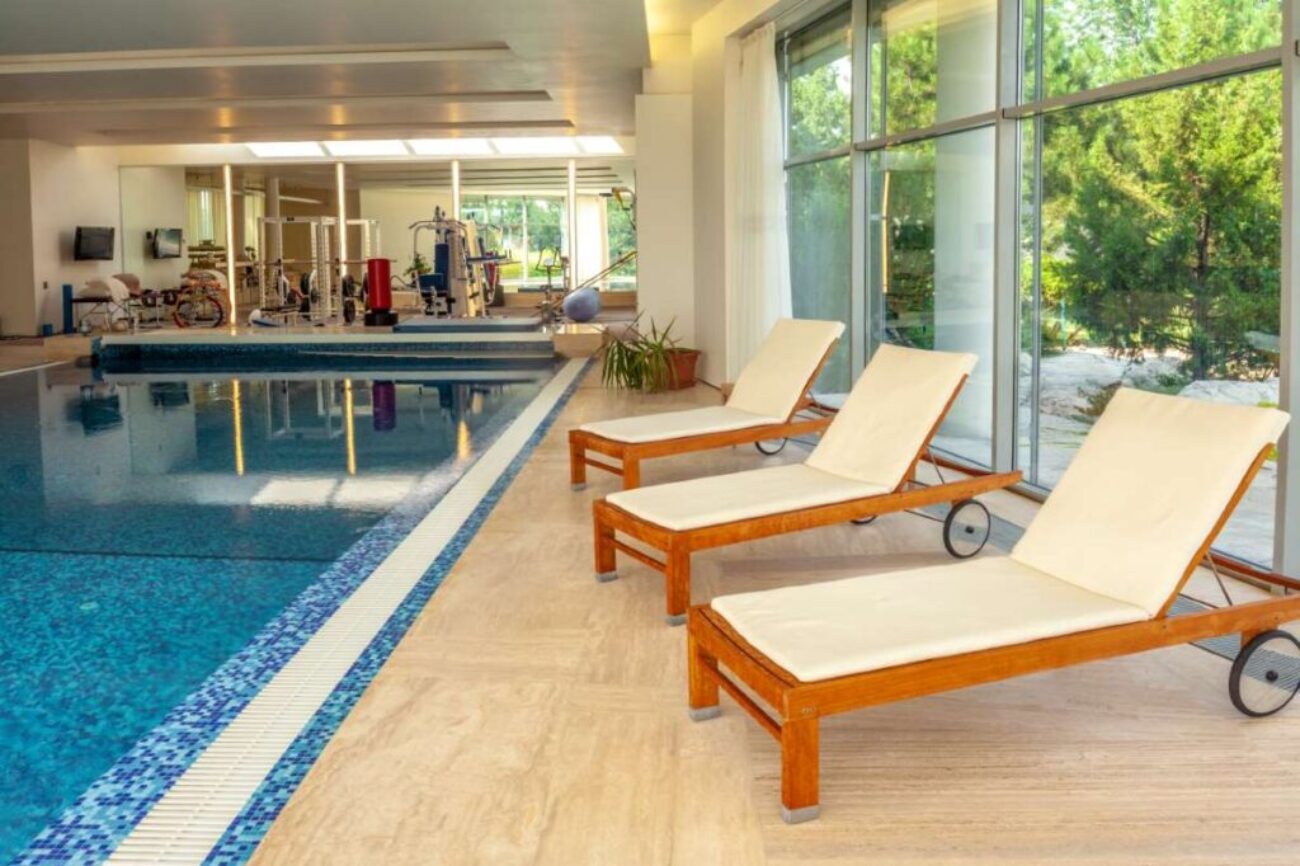Measure Up: Compare Your Pool Route Stats to the Pros
Discover how to effectively benchmark your pool route metrics against industry averages to optimize your business operations and boost profitability.
In the competitive world of pool maintenance, understanding your business metrics is crucial for long-term success. This article delves into how to benchmark your pool route metrics against industry averages, offering insights on performance measurement, operational efficiency, and strategic growth. By analyzing your data in comparison to industry standards, you can identify areas for improvement, implement best practices, and ultimately increase your bottom line. From key performance indicators (KPIs) to customer retention rates, we will cover everything you need to know to gain a competitive edge in the pool service industry.
IntroductionIn the landscape of the pool maintenance business, metrics are more than numbers; they are the compass guiding your operational strategies. Benchmarking your pool route metrics against industry averages not only helps you evaluate your performance but also positions you for growth and profitability. Whether you are a seasoned pool service professional or a newcomer aiming to establish a foothold in the industry, understanding how your metrics stack up against the competition is essential. This article will guide you through the process of benchmarking your metrics, discussing key indicators to focus on and offering actionable insights to improve your operations.Understanding Key Metrics in Pool Route Management
– The first step in benchmarking is to identify the key performance indicators (KPIs) that matter most in managing your pool routes. Metrics such as revenue per route, customer retention rates, and service frequency are crucial.- For instance, revenue per route can indicate how effectively you are maximizing your customer base. According to recent industry reports, the average revenue per pool route typically ranges from $30,000 to $50,000 annually. If your numbers fall below this range, it may signal the need for operational adjustments.- An example to consider is a pool service company in Florida that managed to increase its revenue per route by 20% over two years by optimizing service schedules and upselling additional services. This not only improved profitability but also enhanced customer satisfaction through better service delivery.
Comparing Customer Retention Rates
– Customer retention is a vital metric that speaks volumes about the quality of service provided. The average customer retention rate in the pool maintenance industry hovers around 80%. If your rate is significantly lower, it raises concerns about service quality or customer engagement.- In studying customer retention, it’s beneficial to analyze various factors such as service responsiveness, communication, and customer feedback. Implementing a customer relationship management (CRM) system can help you track interactions and gather insights that influence retention.- A case in point is a pool service operator in Texas who streamlined their communication process, resulting in a 15% increase in their retention rates. By regularly reaching out for feedback and promptly addressing service issues, they fostered a loyal customer base, which translated to higher revenue.
Assessing Operational Efficiency
– Operational efficiency is another critical metric that can be benchmarked. Metrics such as time spent per service, fuel costs per route, and employee productivity can provide insights into how well your routes are operating.- Industry averages suggest that an efficient pool service should aim for a service time of around 30-40 minutes per pool, depending on the size and condition. Analyzing your service times against this benchmark can help you identify areas for improvement.- For example, a pool service business in Florida discovered that by implementing route optimization software, they reduced their average service time by 10 minutes per route. This change allowed them to service more pools in a day, thereby increasing their overall revenue.
Evaluating Route Profitability
– Another essential aspect of benchmarking is evaluating the profitability of each route. This involves analyzing the costs associated with servicing the route versus the income generated.- A profitable route typically yields a margin of at least 30%. If your routes are yielding lower margins, it may be time to reassess your pricing strategy or operational costs.- Consider a scenario where a Texas-based pool service evaluated its routes and found that one route had significantly higher operational costs due to inefficient scheduling. After reevaluating their route plans and implementing better scheduling practices, they managed to improve their profitability by 25%.
Implementing Best Practices for Improvement
– Having established your metrics, the next step is to implement best practices for continuous improvement. This includes regular training for employees, utilizing technology for route management, and fostering a customer-centric culture.- Training your staff on best practices in customer service, efficiency, and upselling can significantly enhance both retention and profitability. Regular workshops and feedback sessions can keep the team motivated and informed.- A noteworthy example can be seen in a pool service company that began offering quarterly training sessions focused on customer engagement techniques. As a result, they experienced a remarkable increase in customer satisfaction and retention rates.
Leveraging Technology for Enhanced Performance
– Technology plays a pivotal role in streamlining operations and improving metrics. Tools for route optimization, customer management, and financial tracking can help you benchmark more effectively.- For instance, using a route optimization tool can significantly reduce travel time and fuel costs, allowing your team to accomplish more services in a day. This directly affects both customer satisfaction and operational efficiency.- Additionally, integrating a financial tracking system can provide real-time insights into your profitability per route, enabling informed decision-making. A company in Florida implemented advanced analytics tools that helped identify underperforming routes, allowing for quick strategic adjustments.
Setting Goals Based on Benchmarking Insights
– After analyzing your metrics and identifying areas for improvement, the next step is to set specific, measurable, achievable, relevant, and time-bound (SMART) goals based on your findings.- For example, if your customer retention rate is below industry standards, set a goal to improve it by a certain percentage over the next year through targeted customer engagement strategies.- Tracking your progress toward these goals is essential. Regularly reviewing your metrics and adjusting your strategies as necessary will ensure you stay on track for improvement.
Conclusion
In conclusion, benchmarking your pool route metrics against industry averages is a vital practice for anyone looking to thrive in the pool service industry. By understanding and analyzing key performance indicators—such as revenue per route, customer retention rates, and operational efficiency—you can identify opportunities for improvement. Implementing best practices, leveraging technology, and setting clear goals based on your benchmarking insights will foster growth and profitability. As you navigate your way through the competitive landscape of pool service business, remember that continuous improvement is key. Start today by evaluating your metrics, and take proactive steps towards optimizing your operations for success. For those looking to enter or expand in the pool maintenance market, consider exploring available options for purchasing established pool routes that come with an immediate customer base and revenue potential at Pool Routes for Sale.



